-
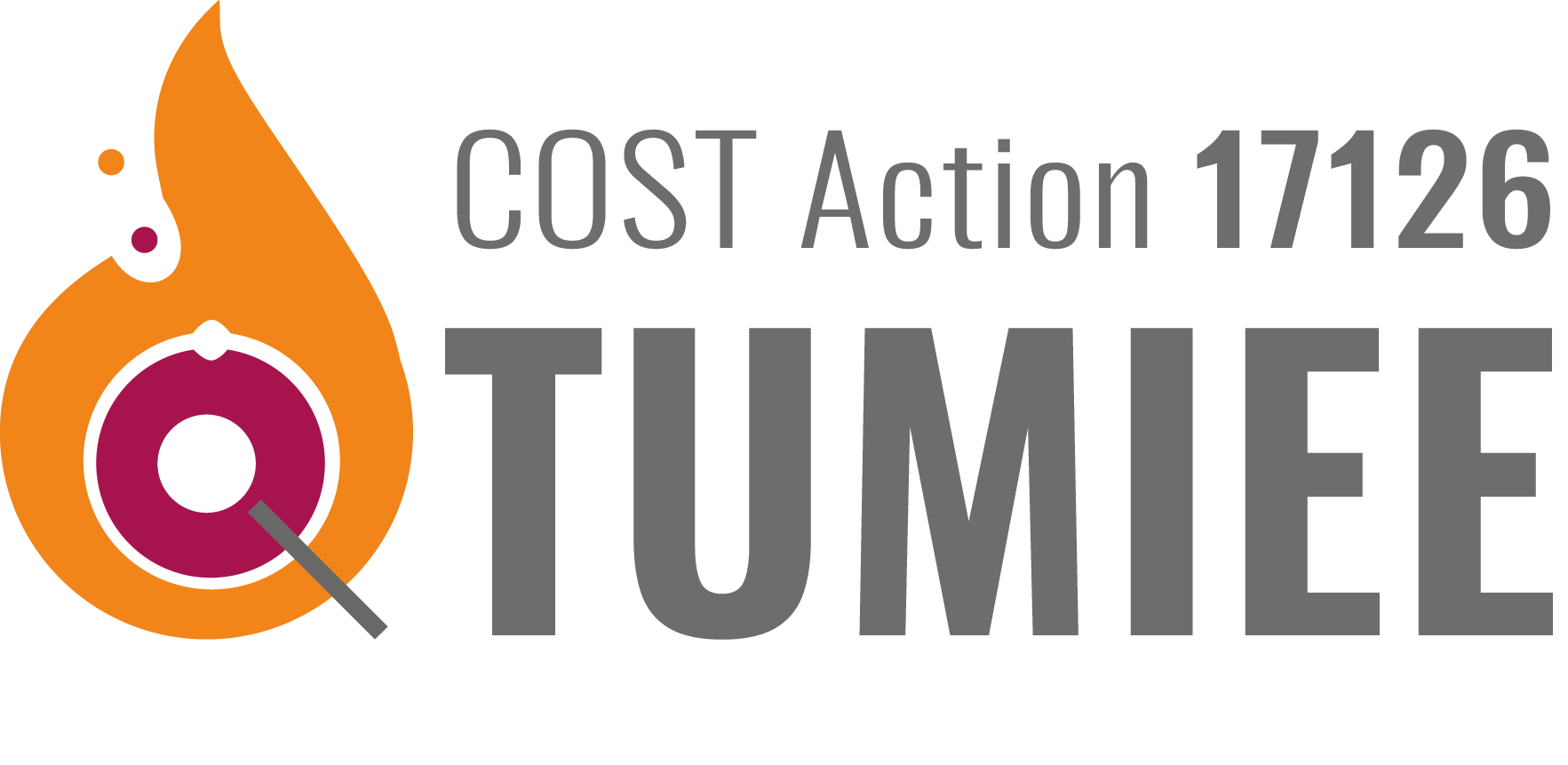 COST Action CA17126 "Towards Understanding and Modelling Intense Electronic Excitation" (TUMIEE) Electronic excitation reaching high energy density is central in many different applications, from materials processing to medical treatments. It emerges when intense radiation arising from sources such as lasers, swift ions, or high-flux X-ray or electron pulses interacts with matter. In general, only partial aspects related to the excitation produced by this type of sources are treated. The lack of a systematic methodology to face the simulation of the underlying phenomena makes it essential to involve scientists from different fields, theoreticians, simulators, and experimentalists. A successful methodology will require smart strategies to make existing solutions, which are appropriate within restricted scopes, work together within a multiscale formalism. Further information about the COST Action TUMIEE can be found here.
COST Action CA17126 "Towards Understanding and Modelling Intense Electronic Excitation" (TUMIEE) Electronic excitation reaching high energy density is central in many different applications, from materials processing to medical treatments. It emerges when intense radiation arising from sources such as lasers, swift ions, or high-flux X-ray or electron pulses interacts with matter. In general, only partial aspects related to the excitation produced by this type of sources are treated. The lack of a systematic methodology to face the simulation of the underlying phenomena makes it essential to involve scientists from different fields, theoreticians, simulators, and experimentalists. A successful methodology will require smart strategies to make existing solutions, which are appropriate within restricted scopes, work together within a multiscale formalism. Further information about the COST Action TUMIEE can be found here.
-
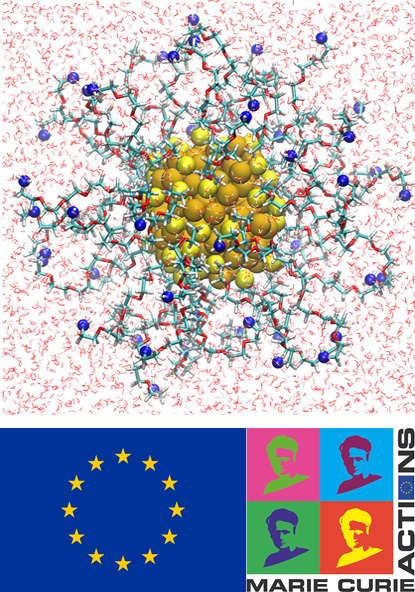 H2020-MSCA-IF Project "Computational characterization of radiosensitising nanoparticles and their properties" (Radio-NP) Coated metal nanoparticles (NPs) in molecular environments are widely studied for applications in nanobiotechnology and nanomedicine. Understanding of the nanoscale phenomena (formation and transport of secondary electrons, free radicals and their chemical interactions) induced by NP irradiation is crucial for enhancing the potential of novel radiotherapy techniques. The Radio-NP project aims at the atomistic computational analysis of (i) structural properties of coated metal NPs in biological environments and (ii) the impact of these properties on the formation and transport of secondary electrons and radicals in the vicinity of NPs irradiated with ions. The realised approach will combine (i) the ab initio framework to evaluate parameters of quantum transformations of system constituent molecules, (ii) classical molecular dynamics (MD) employed in the advanced scientific software MBN Explorer to characterise NPs and study their interaction with molecular media, and (iii) irradiation-driven MD - the novel and unique implementation in MBN Explorer, to model irradiation-induced chemistry in the vicinity of complex NPs.
H2020-MSCA-IF Project "Computational characterization of radiosensitising nanoparticles and their properties" (Radio-NP) Coated metal nanoparticles (NPs) in molecular environments are widely studied for applications in nanobiotechnology and nanomedicine. Understanding of the nanoscale phenomena (formation and transport of secondary electrons, free radicals and their chemical interactions) induced by NP irradiation is crucial for enhancing the potential of novel radiotherapy techniques. The Radio-NP project aims at the atomistic computational analysis of (i) structural properties of coated metal NPs in biological environments and (ii) the impact of these properties on the formation and transport of secondary electrons and radicals in the vicinity of NPs irradiated with ions. The realised approach will combine (i) the ab initio framework to evaluate parameters of quantum transformations of system constituent molecules, (ii) classical molecular dynamics (MD) employed in the advanced scientific software MBN Explorer to characterise NPs and study their interaction with molecular media, and (iii) irradiation-driven MD - the novel and unique implementation in MBN Explorer, to model irradiation-induced chemistry in the vicinity of complex NPs.Further information on the project can be found here.
This project has received funding from the European Union's Horizon 2020 research and innovation programme under the Marie Skłodowska-Curie grant agreement No. 794733
-
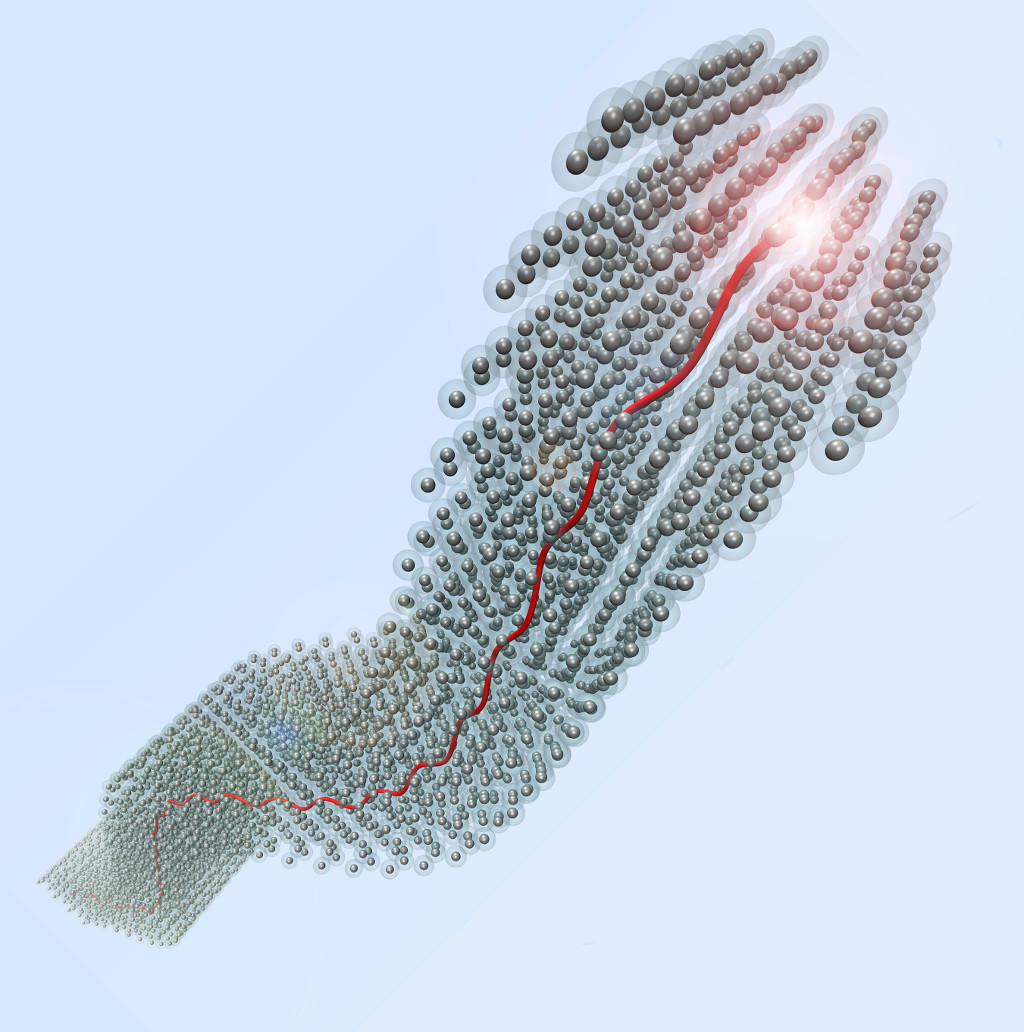 H2020-MSCA-RISE Project "Periodically Bent Crystals for Crystalline Undulators" (PEARL), 2016-2019
H2020-MSCA-RISE Project "Periodically Bent Crystals for Crystalline Undulators" (PEARL), 2016-2019
This collaborative project is supported by the European Commission in the frame of the Research and Innovation Staff Exchange (RISE) funding scheme in the Marie Sklodowska-Curie Actions under Horizon 2020. The PEARL project aims at advancing the technologies for manufacturing of high quality periodically bent crystals. Such crystals developed in the course of this project will be utilised for the construction of novel light sources of high-energy (from 100 keV up to GeV range) monochromatic electromagnetic radiation by means of a crystalline undulator. Further information about the PEARL project can be found here.
-
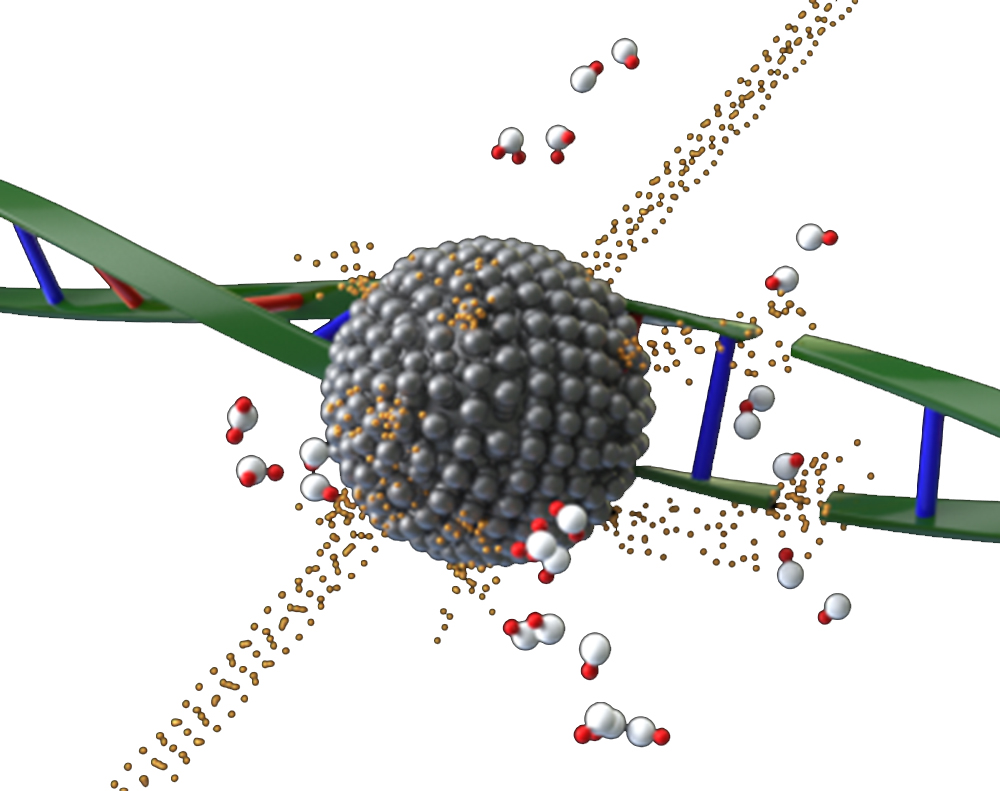 Advanced Radiotherapy, Generated by Exploiting Nanoprocesses and Technologies (FP7 ITN ARGENT), 2014-2018
Advanced Radiotherapy, Generated by Exploiting Nanoprocesses and Technologies (FP7 ITN ARGENT), 2014-2018
This collaborative project is supported in the frame of the FP7 European Programme. The main objective of this intersectoral and multidisciplinary Initial Training Network (ITN) is to create a new generation of researchers and experts able to create the platform on which next-generation cancer therapy will be built. The consortium aims to train a cohort of 13 PhDs (Early Stage Researchers – ESRs) to subsequently act as leaders and ambassadors in the field. Further information about the ARGENT project can be found here.
-
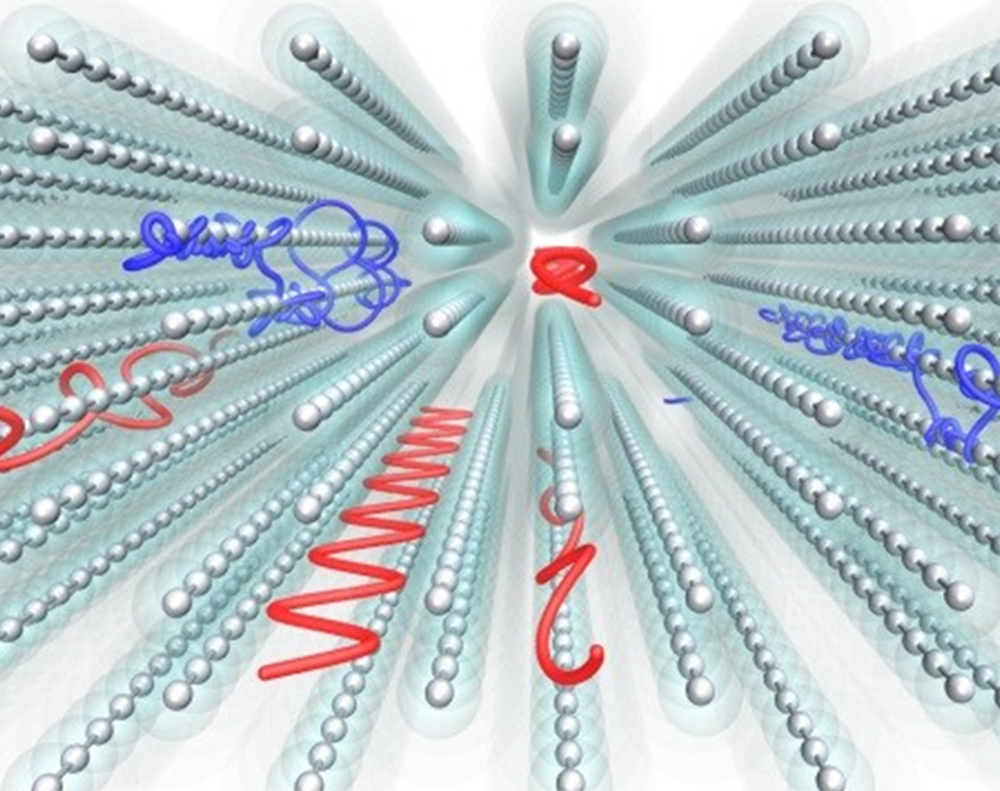 FP7 PIRSES-CUTE "Crystalline Undulator: Theory and Experiment"
FP7 PIRSES-CUTE "Crystalline Undulator: Theory and Experiment"
The CUTE project aimed to facilitate the collaborative research towards theory, design, manufacture and experimental tests of high-quality periodically bent crystalline structures as well as theoretical and experimental studies of the radiation formed in crystalline undulators. The idea of the crystalline undulator is based on the channeling phenomenon. Its advantage is in extremely strong electrostatic fields inside a crystal which are able to steer the particles much more effectively than even the most advanced superconductive magnets. A crystal with periodically bent crystallographic planes or axes can force particles to move along nearly sinusoidal trajectories and radiate electromagnetic waves in hard X ray and gamma ray frequency range. This opens the prospect of creation of novel light sources that will find their application in technology, medicine and basic sciences: nuclear, solid state and plasma physics, molecular biology, etc.
Further information about the project can be found here.
-
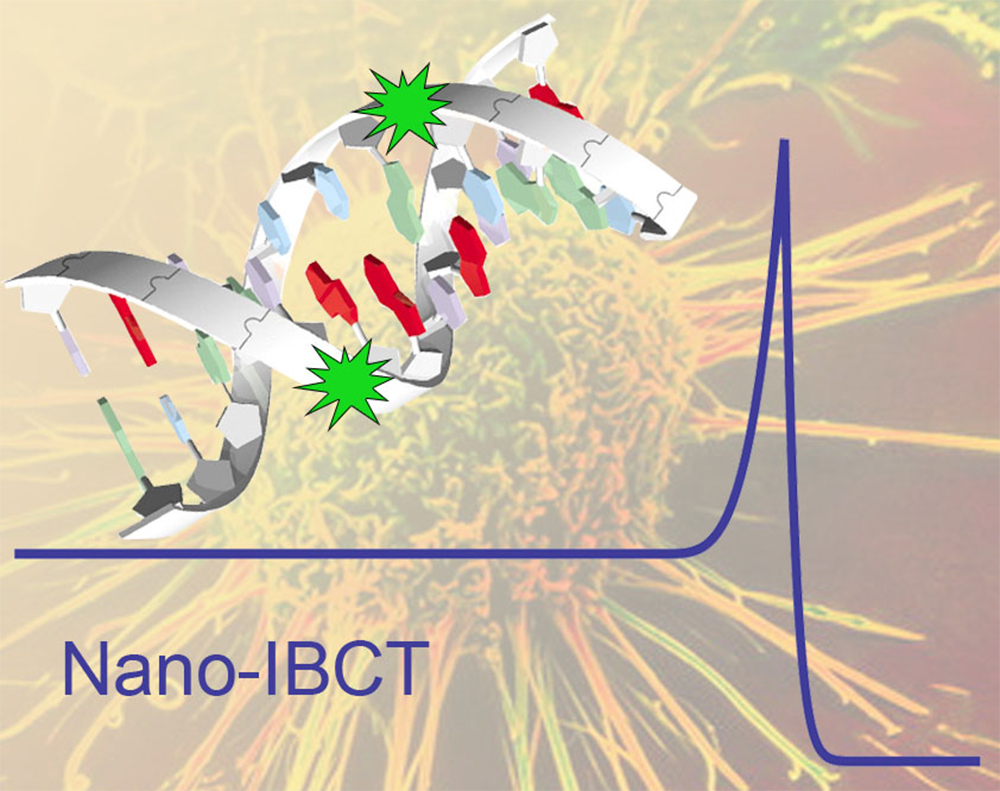 COST Action "Nanoscale Insights into Ion-Beam Cancer Therapy" (COST Action Nano-IBCT), 2010-2014
COST Action "Nanoscale Insights into Ion-Beam Cancer Therapy" (COST Action Nano-IBCT), 2010-2014
Ion beam therapy offers the possibility of excellent dose localization for treatment of malignant tumours, minimizing radiation damage in normal tissue, while maximizing cell-killing within the tumour. However, the full potential of such therapy can only be realised by better understanding the physical, chemical and biological mechanisms, on a range of time and space scales, that lead to cell death under ion irradiation. The proposed Action therefore aimed to combine, using a multiscale approach, the unique experimental and theoretical expertise available within Europe to acquire greater insight at the nanoscopic and molecular level into radiation damage induced by ion impact.
Further information about the COST Nano-IBCT action can be found here.
-
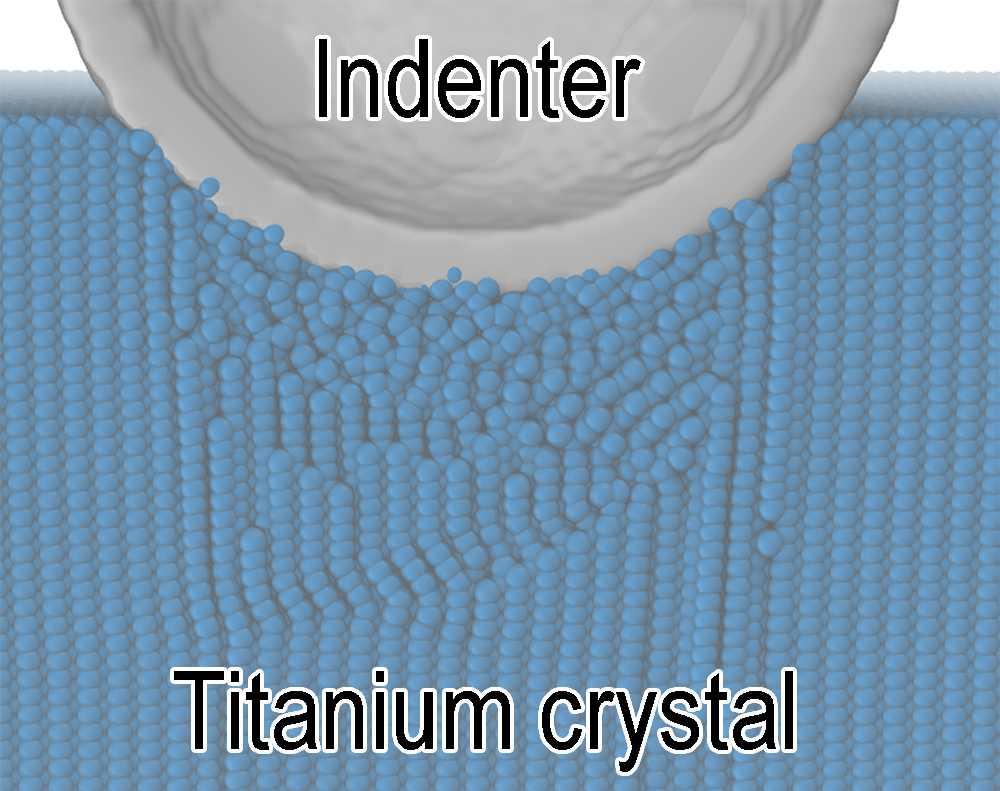 Theoretical analysis, design and virtual testing of biocompatibility and mechanical properties of titanium-based nanomaterials (FP7 VINAT), 2011-2014
Theoretical analysis, design and virtual testing of biocompatibility and mechanical properties of titanium-based nanomaterials (FP7 VINAT), 2011-2014
This collaborative project was supported in the frame of the FP7 European Programme. The goal of this project was to develop multiscale theoretical models of biocompatible metallic nanomaterials and apply them for the analysis, design and optimization of the materials. The MBN Research team at GU led by Prof.Dr. A.V. Solov'yov was responsible within this project for the modeling of nanoindentation and mechanisms of localized deformation of nanostructured biomaterials.
Further information about the VINAT project can be found here.
-
FP6 Network of Excellence (FP6 EXCELL), 2005-2010
The Network of Excellence: to overcome the fragmentation of European research in multifunctional thin films (NoE EXCELL) funded within the Sixth Framework Programme of the European Commision, Brussels aimed at the integration of research efforts in the area of multifunctional films. Duration of this project was 5 years (2005-2010). Partners of the team in this project wereName Address CO1 Dr André Leclercq CR2 Prof. Stefano Spigarelli Dipartimento di Meccanica Via Brecce Bianche I-60131 Ancona, Italia CR3 Prof. Kwang-Leong Choy Chair in Materials School of Mechanical, Materials and Manufacturing Engineering, Room A31, Coates Building, University Park University of Nottingham, Nottingham NG7 2RD CR4 Prof. Marie-Paule Delplancke Faculté des Sciences appliquées Campus du Solbosch CP165/63, avenue F.D. Roosevelt 50, 1050 Bruxelles Belgium CR5 Prof. Dmitry Shtansky MSISA Leninsky prospect 4, 164, CR6 Prof. Evgeny Vinogradov Institute of Spectroscopy 142190 Troitsk, Moscow Region, Institute of Spectroscopy RAS Russia CR7 Lauro Pigini SH sistemi Via Parini, 9/A - 60027 OSIMO CR8 Prof. Elazar Gutmanas CR9 Prof. Asuncion Fernandez Camacho Institute of Materials Science of Sevillec/ Americo vespucio, no 49 41092 Isla de la Cartuja (Sevilla) Spain CR10 Prof. Andrey Solov'yov Johann Wolfgang Goethe University Ruth-Moufang str. 1 60438 Frankfurt am Main Germany CR11 Prof. Erika Kalman CRC Institute of surface chemistry and catalysis H-1025 Budapest, Pusztaszeri út 59-67. Hungarry CR13 Prof. Brian Johnson Department of Chemistry Fitzwilliam College Cambridge CB3 0DG UK CR14 Prof. Stan Veprek Dept. of Chemistry, Technical University Munich, Lichtenberstr. 4, D-85747 Garching, Germany CR15 Axelle Van Harten VINF AISBL (Bureau A216) Créapôle Allée des Noisetiers, 2B 4031 Angleur CR16 Jean-Paul Henfling Eurogroup Consulting Archipel Centre d’affaires Boulevard Emile de Laveleye 191 B-4020 Liège Belgium CR17 Philippe Deléarde INNO group Ophira 1- BP 63- Place Joseph Bermond Tekniker VINF Dr. Javier Barriga TEKNIKER Otaola 20 · P.K. 44 20600 EIBAR · Gipuzkoa · Spain NanoFab VINF Dr. Alessandro Patelli NanoFab Via delle Industrie, 5 30175 Venezia-Marghera Italy In the course of this project the Virtual Institute of Nano Films (VINF) was created, see http://www.vinf.eu/
-
FP6 Photon emission in crystalline undulators (FP6 PECU), 2005-2009
The MBN Research team at GU led by Prof.Dr. A.V.Solov'yov took part and coordinated the collaborative research project entitled 'Photon emission in crystalline undulators' funded within the Sixth Framework Programme of the European Commision, Brussels. The project was devoted to a theoretical and experimental study of a possibility to create a new, powerful source of high-frequency monochromatic electromagnetic radiation of a free-electron laser (FEL) type formed by a bunch of ultra-relativistic particles channelling through a periodically bent crystal. Two fundamental phenomena were investigated: (1) the undulator radiation by ultra-relativistic positrons during channeling in periodically bent crystals, (2) the lasing effect in such systems. The final goal of our efforts was to construct new sources of monochromatic electromagnetic radiation, a crystalline undulator and a gamma-laser operating in the energy range from X- up to gamma-rays. These energies by far exceed those which are achievable at present or are planned to be achieved by means of conventional undulators and FELs based on the action of a magnetic field. The partners of the group in this project werePartic. Role. Partic. No. Participant name Participant short name Country CO 1 A Institute for Theoretical Physics, Johann Wolfgang Goethe-University JWGU-ITP Germany CR B Johann Wolfgang Goethe University JWGU Germany CR 2 Physics and Astronomy, University of Department of Aarhus UAAR-DPA Denmark CR 3 Imperial College of Science, Technology and Medicine Imperial United Kingdom CR 4 Institute for Nuclear Physics, Mainz University Uni Mainz Germany